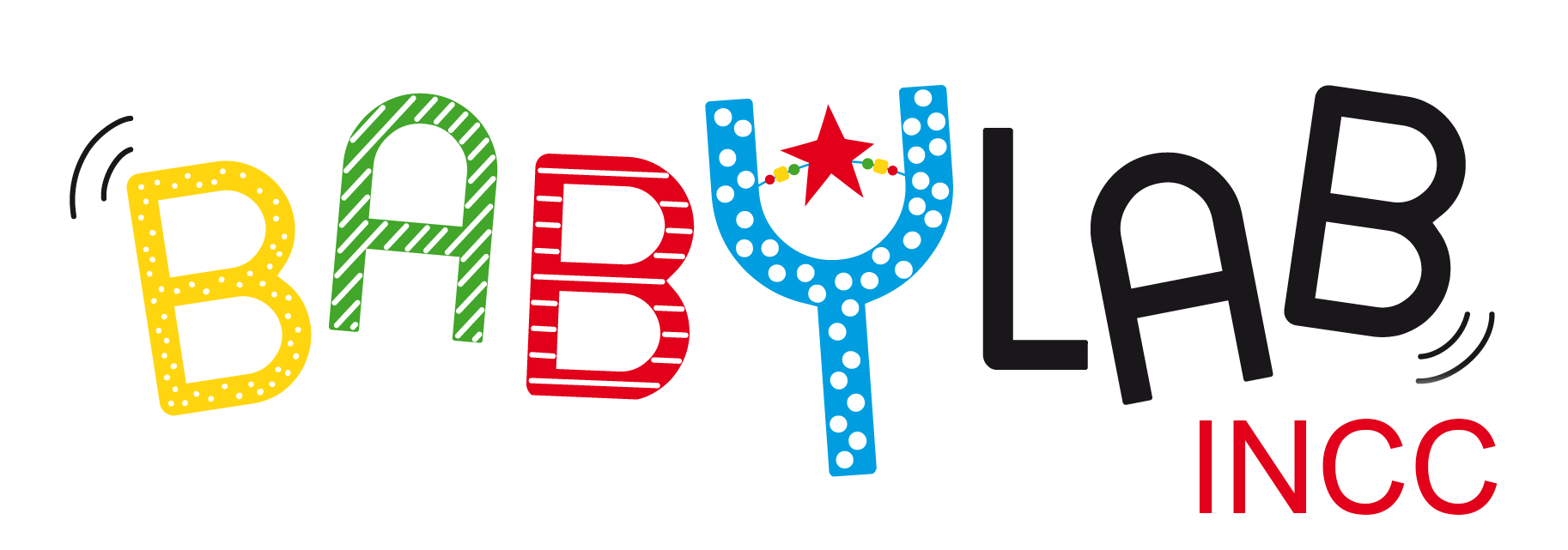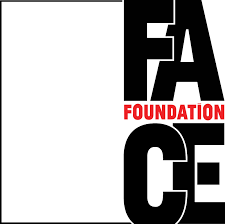The ability to represent abstract concepts sets humans apart from all other animals. For example, although we cannot see or touch time, we possess rich temporal representations. What enables this cognitive feat? As evidenced by language, gesture, and cultural artifacts, people from cultures around the world tend to borrow from the domain of space to represent time. By thinking about time in terms of space, we are able to ground our representations of an abstract domain in a more concrete one. These space-time associations provide adults with robust temporal representations that support reasoning about and memory for temporal order. To what extent might these associations be a product of our biology versus a cultural invention? To answer this question, we will use implicit looking time and pupillometry measures to explore the origins and developmental trajectory of space-time associations beginning in the first few days after birth and extending into adulthood.



